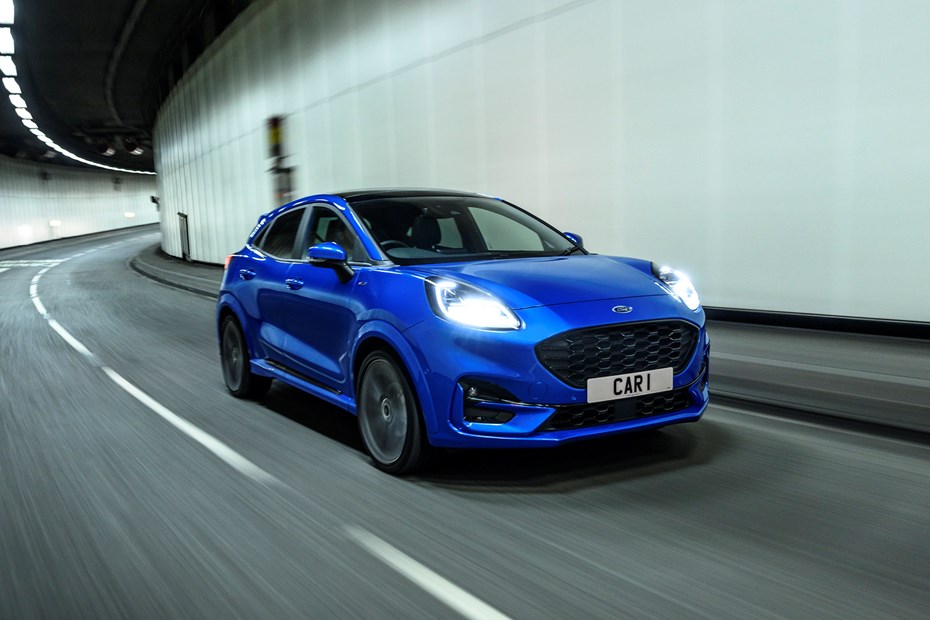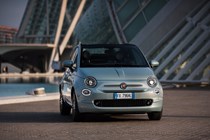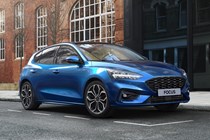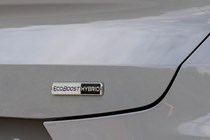A mild hybrid car features a combustion engine and an electric motor but, unlike most of our best hybrid cars, a mild hybrid’s electric motor is so small that it can’t power the car alone. Instead, it adopts a supporting role, working to extract the best performance and fuel economy from the engine.
Mild hybrid cars are the stopgap between a conventional petrol or diesel car and a self-charging hybrid car (such as the Toyota Corolla or Lexus NX). Like a self-charging hybrid, you’ll never need to plug a mild hybrid car in at the mains but, because their electric motors and batteries are only dinky, the efficiency gains on offer from a mild hybrid are less impressive.
The question is, are the marginal fuel economy benefits of a mild hybrid system worth it? Or should you just drive your traditional combustion-engined car a little more gently? And if you want a hybrid, why shouldn’t you just go all-in on a self-charging hybrid or a plug-in hybrid car? Read on to learn more.
How does a mild hybrid car work?
Most mild hybrid cars feature a small, 48-volt battery pack and an electric motor-generator. The motor (which is very powerful for its size) is bolted to the engine in place of an alternator and connected to its crankshaft with a drivebelt. As such, it provides electrical assistance to the engine rather than directly to the wheels. Its purpose is to help turn the engine over, allowing it to use less fuel.
When accelerating hard from a crawl, the electric motor will spin the crankshaft to improve throttle response and get the engine into its powerband sooner. This is particularly useful on turbocharged cars as its helps to mitigate the effects of turbo lag. For the uninitiated, turbo lag is the hesitation you feel low down in the engine’s rev range before the turbo is performing at its best.

Once you’re up to speed and cruising, a mild hybrid car’s electric motor can continue rotating the engine under light load. That allows the engine to use less fuel, which improves your mpg figure.
When you’re slowing down the electric motor becomes a generator, harvesting the kinetic energy from the engine that would otherwise be wasted as heat in the car’s brakes. This energy is stored in the 48-volt battery pack for later use (a bit like a watered-down version of the KERS technology used on Formula One cars).
At low speeds, a mild hybrid system also works like an advanced version of an engine stop/start system. The extra electrical assistance allows the car’s engine to switch off earlier, usually while you’re coasting to a stop instead of waiting until you’ve come to a complete halt. A mild hybrid system also restarts the engine more quickly as it uses its torquey electric motor rather than the car’s starter motor.
What are the advantages of a mild hybrid car?
They’re simple. Driving a mild hybrid car feels very similar to driving a conventional petrol or diesel car. They don’t have an electric-only drive mode and the driver has no control over how much electrical assistance the motor provides – the car figures that out for itself.
Also, because the motor only boosts the engine, there’s no need for manufacturers to design a clever transmission. Most mild hybrid cars use the same gearbox as their conventionally powered siblings – and plenty can be specified with a manual gearbox. That’s sure to please driving enthusiasts.
Because the hardware is cheap and simple to install, mild hybrid cars are easy for manufacturers to engineer. For example, when Ford and Suzuki launched mild hybrid versions of the Fiesta and the Swift, they simply bolted electric motors to their existing petrol engines, found somewhere in the body to hide the battery packs and put them on sale.
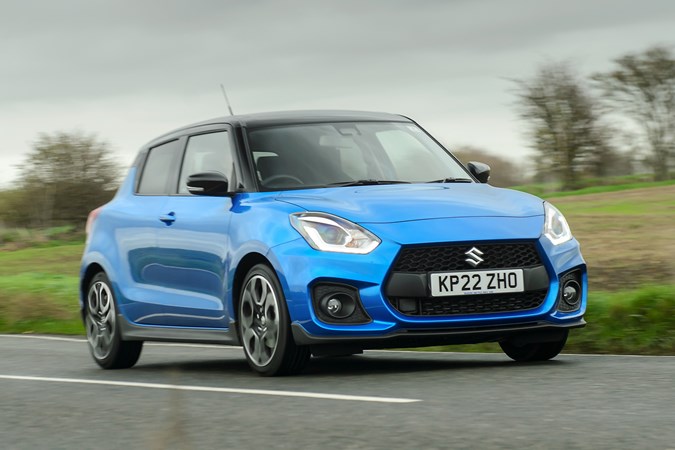
The cars’ proven petrol engines remained, which means they aren’t any less reliable than their non-electrically assisted siblings, while the price increase was marginal compared to the jump between a normal petrol car and a self-charging hybrid car. The added electrical assistance didn’t dramatically change the two cars’ driving experiences, either.
Then there are the fuel economy and carbon dioxide benefits. Although the savings are marginal, mild hybrid cars tend to consume less fuel and produce fewer CO2 emissions than equivalent pure combustion cars. Practicality isn’t affected either because mild hybrid systems don’t have enormous battery packs or beefy motors to eat space in the body..
What are the disadvantages of a mild hybrid car?
Not all mild hybrid systems are created equal – and the worst make the car less pleasant to drive. The Fiat Tipo hybrid springs to mind here. It’s very jerky during the changeover from regenerative braking to friction braking and its electric motor delivers its power with all the care and finesse of a drunken demolition expert.
While very welcome, the fuel savings aren’t enormous. When Suzuki fitted a mild hybrid system to the Swift Sport, its official WLTP fuel economy figure increased from 47.0mpg to 50.4mpg. That means the change will save you money, but it’ll be in pennies rather than pounds.
Manufacturers also name their mild hybrid cars very inconsistently, when could con unfamiliar drivers into a buying a car with less hybrid assistance than they anticipated. Ford, for example, badges its cars as ‘EcoBoost hybrid,’ which makes the system sound like a self-charging hybrid.
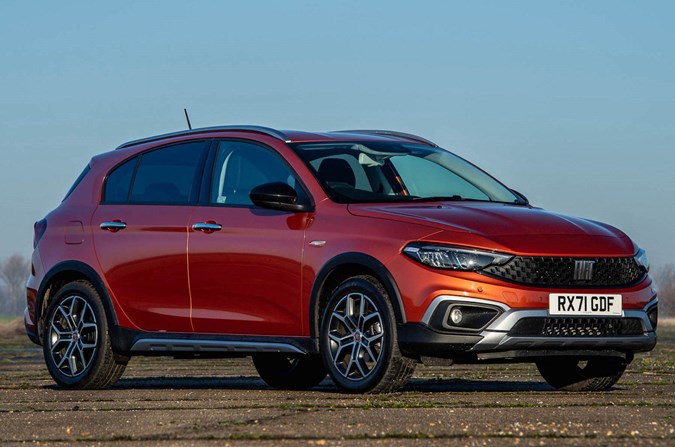
Other manufacturers don’t even mention the word hybrid, such as Volkswagen with its e-TSI mild hybrid engines or Mercedes-Benz with its EQ Boost tech. ‘MHEV’ (standing for mild hybrid electric vehicle) is another common badging.
The bottom line? Make sure you read the Parkers reviews of the cars you’re considering. We’ll always explain what kind of hybrid systems they have, if any. Remember to ask the salesperson plenty of questions before you sign on the dotted line, too.
Just so you know, we may receive a commission or other compensation from the links on this website - read why you should trust us.


